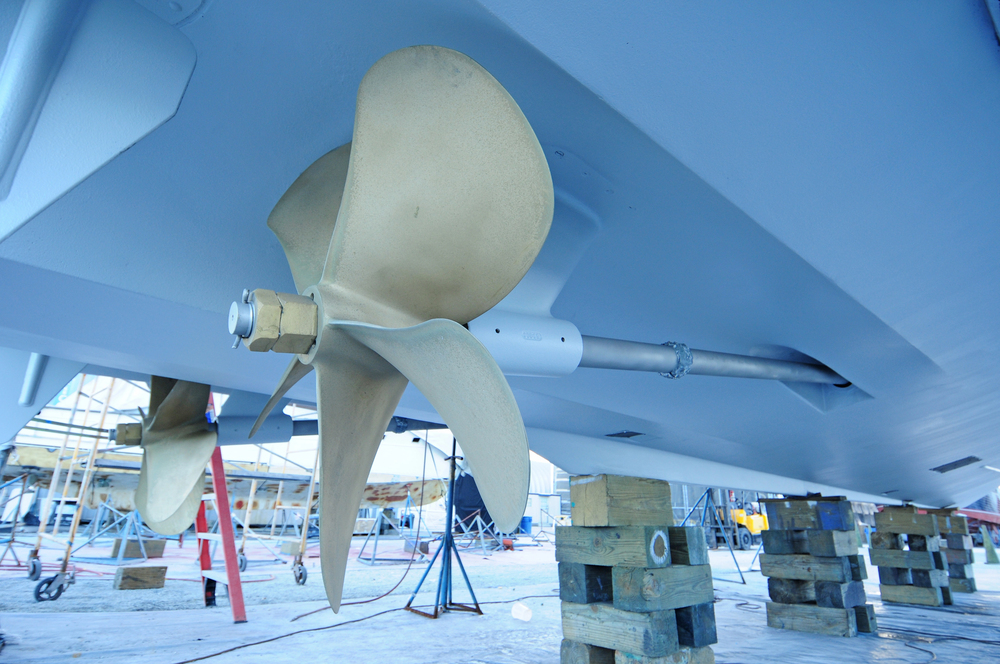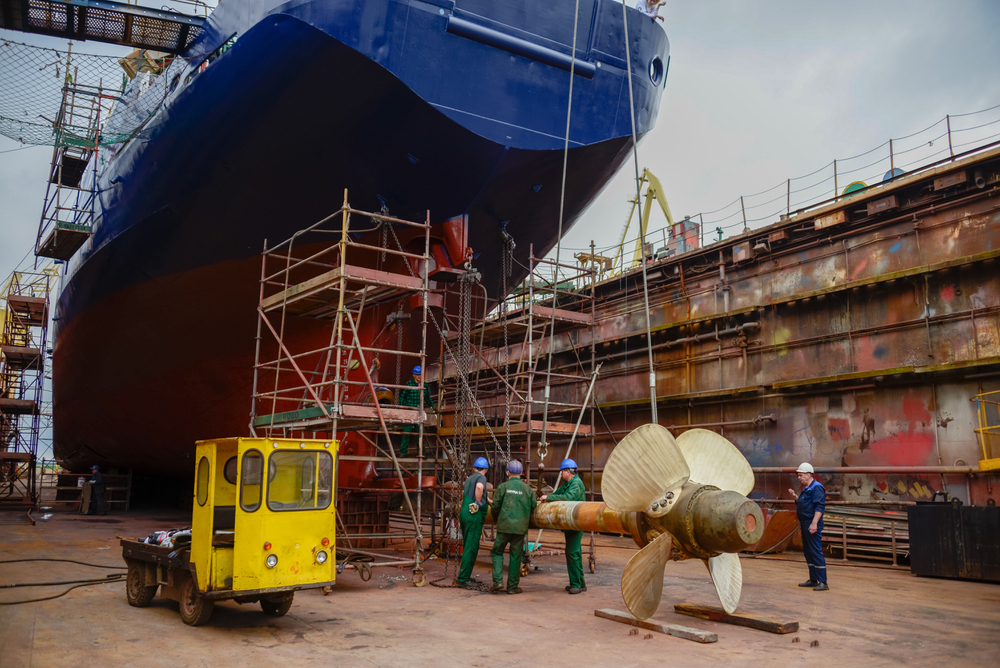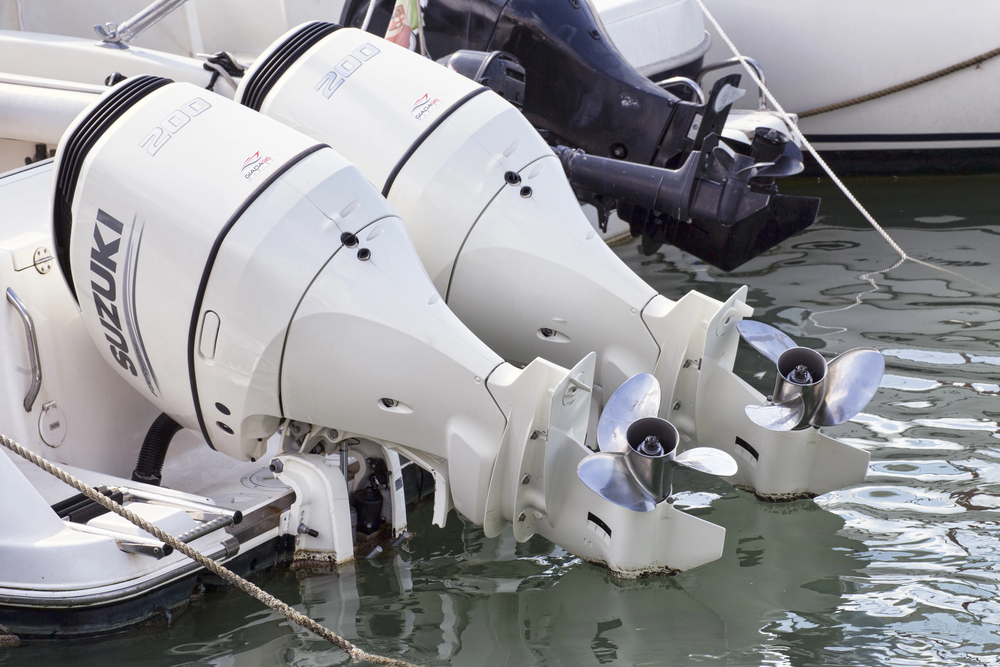Vessel repair and maintenance form the backbone of safe and efficient maritime operations. Whether a vessel serves commercial, industrial, or recreational purposes, consistent maintenance ensures it remains seaworthy, energy-efficient, and compliant with maritime regulations.
Neglecting regular maintenance can lead to operational failures, costly downtime, and even environmental hazards, underscoring the importance of proactive care in the maritime industry.
Why Vessel Repair Services Are Essential
Every vessel, regardless of size or function, is subject to constant stress from the marine environment. Exposure to saltwater, weather, and mechanical wear causes gradual deterioration of metal surfaces, propulsion systems, and hull coatings. That’s why vessel repair services play a vital role in sustaining structural integrity and preventing small issues from becoming major repairs.
There are two broad approaches to managing vessel condition: preventive and reactive maintenance. Preventive maintenance involves scheduled inspections, cleaning, and replacement of parts before failures occur. In contrast, reactive maintenance is performed after a problem arises, often at a greater cost and with more operational disruption.
Beyond operational reliability, regulatory and insurance requirements also demand regular vessel inspections and upkeep. International standards, such as those established by the International Maritime Organization (IMO), mandate periodic surveys to ensure safety and environmental compliance. Proper maintenance not only protects the vessel but also shields owners from legal liabilities and costly penalties.
Key Components of Vessel Maintenance and Repair
Comprehensive vessel maintenance and repair programs cover both surface and underwater components. One of the most critical areas is the hull, which forms the vessel’s primary defense against external stress and corrosion. Regular inspection of the hull for cracks, fouling, or coating damage is crucial for maintaining hydrodynamic efficiency.
Propellers, shafts, and rudders also demand close attention. Misalignment or wear in these parts can lead to vibration, increased fuel consumption, and reduced propulsion efficiency. Routine balancing, lubrication, and replacement of worn parts help preserve performance and prevent costly breakdowns.
Other essential elements include the electrical, engine, and navigation systems. These must be periodically tested and serviced to ensure they meet operational and safety standards. Additionally, modern vessels benefit from digital monitoring tools that detect early signs of mechanical fatigue or corrosion, allowing for predictive maintenance before damage worsens.
Underwater Maintenance and In-Water Repair Techniques
Many vessel repairs can now be completed without dry docking, thanks to advanced underwater maintenance techniques. These in-water solutions save time, reduce operational interruptions, and lower maintenance costs. For example, underwater welding allows technicians to repair damaged sections of a hull or propeller without lifting the vessel out of the water.
Technicians performing underwater work are highly trained and certified in specialized methods such as propeller polishing, patching, and hull inspection. Such procedures are performed using diving teams equipped with high-precision tools and safety gear. In-water repairs are particularly useful for commercial fleets that operate under tight schedules, as they minimize downtime while maintaining vessel readiness.
By incorporating professional underwater services, vessel owners can maintain smooth operations while extending the service life of critical components.
The Economic and Environmental Value of Regular Maintenance
Routine vessel repair and maintenance deliver substantial financial and environmental benefits. A clean, well-maintained hull reduces drag, which significantly improves fuel efficiency and lowers emissions. Even a small buildup of marine growth, such as barnacles or algae, can increase fuel consumption by up to 40%.
Regular maintenance also minimizes the risk of catastrophic failure, which can result in expensive emergency repairs or the loss of the vessel altogether. The financial savings gained from preventive maintenance often outweigh the costs of periodic inspections and part replacements.
Environmentally, a properly maintained vessel is less likely to release harmful substances into the ocean or contribute to marine pollution. By keeping equipment and systems in optimal condition, vessel owners contribute to sustainability while complying with environmental protection standards.
Best Practices for Effective Vessel Upkeep
To maximize efficiency and lifespan, vessel owners should implement a structured maintenance plan. This includes detailed documentation of inspections, repairs, and servicing schedules. Maintenance logs not only track performance trends but also support compliance with regulatory authorities and insurance providers.
Choosing a reliable and experienced vessel repair services provider is equally important. Certified technicians ensure all work meets industry standards and that materials used are suited to the vessel’s specific requirements. Regular communication between vessel operators and maintenance teams ensures issues are identified early and addressed promptly.
Modern predictive maintenance tools, such as condition monitoring systems, also enhance upkeep strategies. By collecting real-time data on temperature, vibration, and corrosion, these technologies help owners make informed decisions about when to schedule repairs or replacements.
Knowing When to Repair or Replace Vessel Components
One of the most important aspects of vessel maintenance and repair is determining when a component can be fixed and when it must be replaced entirely. Regular inspections help identify early signs of wear, corrosion, or fatigue that could compromise performance or safety.
Structural elements, such as the hull and deck, can often be repaired if the damage is superficial; however, deeper cracks or corrosion may require replacement to maintain seaworthiness. Similarly, mechanical parts like propeller shafts, bearings, and valves have a finite service life. When excessive vibration, noise, or efficiency loss occurs, it is often more cost-effective to replace the part rather than repeatedly repair it.
For electrical and navigation systems, upgrades may be necessary to comply with new safety regulations or integrate modern technologies. Maintaining detailed maintenance logs enables owners to track component history and make informed decisions about repairs versus replacements, ensuring consistent vessel reliability.
Sustaining Performance and Safety Through Careful Upkeep
The consistent application of vessel repair and maintenance practices ensures a vessel remains reliable, efficient, and safe throughout its operational life. Proper care prevents costly breakdowns, reduces fuel waste, and upholds regulatory compliance. Regular upkeep, including periodic underwater boat repairs and hull cleaning, strengthens both the performance and longevity of marine assets.
At Hull2Prop, we’re dedicated to providing you with exceptional marine care. We specialize in underwater maintenance and repair services throughout Florida, delivering personalized solutions that meet the highest standards of performance and quality. Contact us today.







